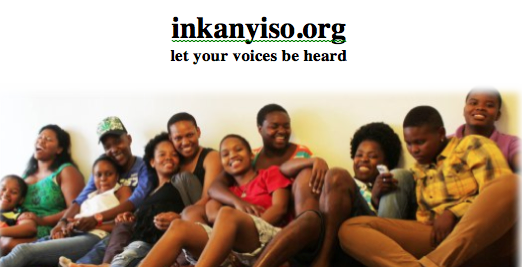Reposted from Article by JURIST Guest Columnist Elisabeth McDonald of the Victoria University of Wellington Faculty of Law evaluates the recent legalization of same-sex marriage by the New Zealand House of Representatives..
 New Zealand passed same-sex marriage into law which will take effect on August 19, 2013. It does not just provide that same-sex couples may marry, Section 5 of the act amended the interpretation section of the Marriage Act 1955 to read: “marriage means the union of two people, regardless of their sex, sexual orientation, or gender identity” (emphasis added).
New Zealand passed same-sex marriage into law which will take effect on August 19, 2013. It does not just provide that same-sex couples may marry, Section 5 of the act amended the interpretation section of the Marriage Act 1955 to read: “marriage means the union of two people, regardless of their sex, sexual orientation, or gender identity” (emphasis added).
This definition is significant as it allows the marriage of any two people, without the need for either person to define themselves as either the same or different sex as their partner, or to be legally recognized as either male or female.
The definition therefore will allow a transgender man (someone born with a female body who has a male gender identify) to legally marry a cisgender woman (someone born with a female body and a female gender identify) without having to first establish his legal sex.
It allows a person who identifies as intersex (a general term used for a variety of conditions in which a person is born with a reproductive anatomy that does not seem to fit with the typical biological definitions of female or male) and whose birth certificate records their sex as indeterminate to marry any other person.
The significance of this change was not lost on some of the contributors to the debate. The importance of addressing discrimination against transgender and intersex communities was acknowledged. A Member of Parliament for the National (conservative) Party went further to address, for probably the first time in the debating chamber, the previous invisibility of intersex people:
As a former specialist obstetrician and gynecologist, extremely poignant experiences for me were the rare occurrences where at the birth of a baby, when the parents instinctively asked: “Is it a boy or a girl?” I had been literally unable to tell them. This has been because of ambiguous genitalia or a unique physical abnormality. It may take some weeks to fully assess a child, have genetic testing carried out, and assign a sex. Even that may be later changed. This illustrates the dramatic new knowledge available in the modern world to better understand the spectrum of physical, genetic, and social expression of gender and sexuality that was simply not possible in the past. I ask anyone, on either side of the debate, whether they would not hope that their newborn could be brought up in a society that is both tolerant and as caring about their child’s status and aspirations as any other child’s, a society that is inclusive, fair, and committed to respecting one another[.] In the first reading of this bill I said that despite trying hard, I could not construct a strong enough intellectual, moral, health, or even spiritual reason to vote against it. I am now quite convinced that, at the end of the day, the strength of any human union is about love, tolerance, giving, forgiving, sharing, inclusiveness, commitment, and fairness irrespective of gender. These are universal qualities that have no boundaries.”
READ MORE




















 PoochParkWear customizes hoodies and t-shirts, the good, the naughty, the in between, whether proud or quirky let them be seen. We also offer biker jackets, croc or pleather collars, a variety of collar charms, and our special Zinja beaded collars made by a co-op of HIV-positive South African women, the Sisonke women who weave the beads onto the collars.
PoochParkWear customizes hoodies and t-shirts, the good, the naughty, the in between, whether proud or quirky let them be seen. We also offer biker jackets, croc or pleather collars, a variety of collar charms, and our special Zinja beaded collars made by a co-op of HIV-positive South African women, the Sisonke women who weave the beads onto the collars.

WHOOT! Sharing!